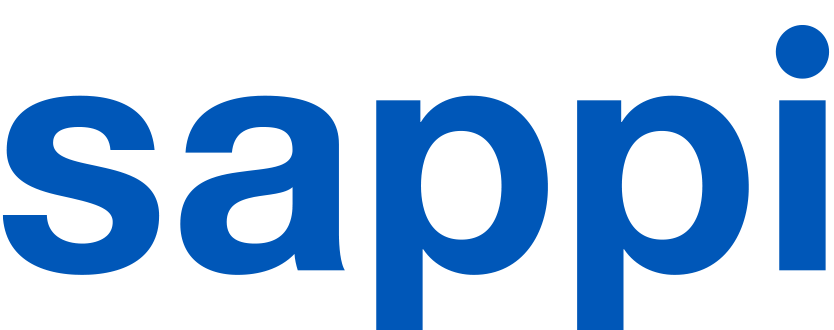
Although in North America we operate in Maine and Minnesota where there is little to no water scarcity, we still embrace our role as responsible stewards and continuously strive to reduce our water use.
As part of our eco-effective actions, we also work to improve effluent quality with cleaner production processes and pollution prevention measures. This leads to even more eco-effective benefits by reducing our energy use and lowering our greenhouse gas emissions.
Returning water to the environment
Although manufacturing pulp and paper is water intensive, approximately 88 percent of the water used by the U.S. forest products industry is returned to surface waters following treatment. At Sappi North America, we significantly outperform this national average.
We return 95 percent of our water intake safely back to the environment. Environmental effects of treated effluents are sometimes observed, but aquatic life is usually not altered by properly treated mill effluents.
In the U.S., effluent must meet strict state and federal regulations which include limits on water intake and effluent quality parameters. Water and effluent testing are conducted routinely by laboratories at Sappi mill sites, as well as by specialised private laboratories.
Chlorine-free bleaching
In North America, our mills use the elemental chlorine-free (ECF) bleaching process. This has eliminated concerns about dioxins in effluent. Untreated wood pulp has a brownish colour and is often bleached to make it white. Pulp can be bleached with chlorine or chlorine compounds, as well as with oxygen or hydrogen peroxide. Sappi pioneered the Sapoxal oxygen bleaching process. This world first is now an industry standard!















